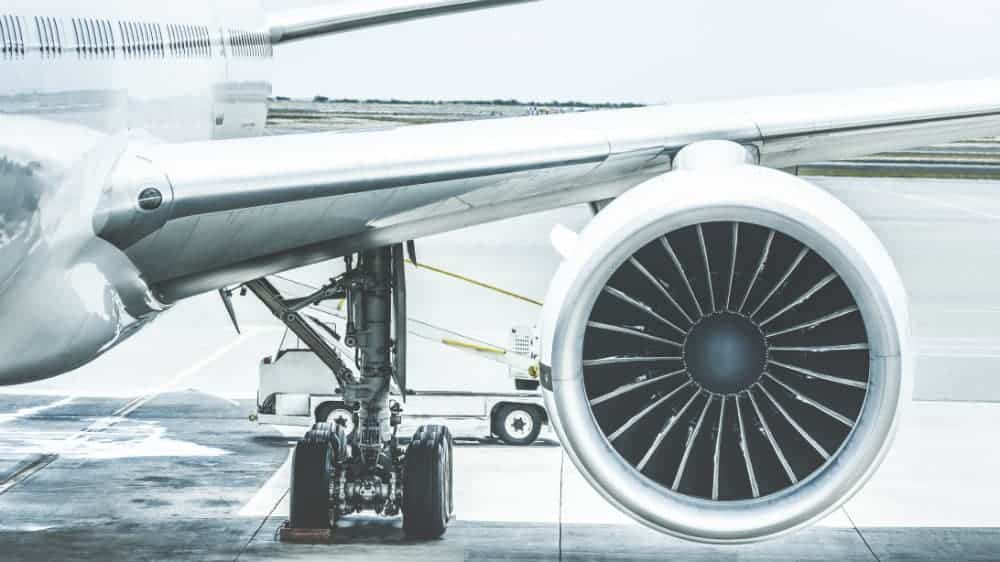Air Canada (TSX:AC) has been at the epicentre of the ongoing crisis. With domestic and international flights grounded for months, the carrier suffered a mortal blow to its finances. By all accounts, the company was on the brink of bankruptcy. Unsurprisingly, Air Canada stock was down 75% in just a few months.
The stock is still trading at a historic low, with no sign of recovery in other parts of the world and the rising costs of maintaining social-distancing inflight. However, I believe the company could stage a three-phase recovery by next year. Here’s a look.
Air Canada stock rebound
The survival of Canada’s largest airline seems increasingly likely. For one, North America’s geographic scale makes alternative modes of transport, such as trains or cars, less threatening than in, say, Europe. In other words, people have to fly.
Also, the Canadian government cannot afford a major airline bankruptcy. Air Canada directly employed 32,900 last year before the crisis hit. That made it one of the largest employers in the country. These are relatively stable and well-paying jobs that the government needs to preserve.
This is why the federal government has bailed out the airlines in the past and is likely to do it again in the future if things get too dire. In short, there’s a floor on Air Canada stock.
As for the recovery, I believe it will play out in three distinct phases.
Stage one: Taxiing
In phase one of the recovery, the pandemic is still a threat and people are still confined to their homes. Business and international travel has completely evaporated. In this phase, the airline must conserve cash the way its aircrafts conserve fuel.
Air Canada did this by laying off staff, cutting routes, and raising capital. The company let go of up to 60% of its entire workforce to reduce costs. It also raised $2.6 billion by selling shares and convertible debt to strengthen its balance sheet. At the time of writing, the airline has a whopping $6 billion in cash on its books.
Air Canada stock now reflects the fact that phase one is over. The stock is up 40% from its March lows, as investors have realized that bankruptcy isn’t on the horizon any more. Now, we’ve entered phase two.
Stage two: Take off
In the second phase, the virus recedes while air travel rapidly recovers. Most developed countries (with the exception of the U.S.) have managed to reduce daily COVID-19 cases. As their economies reopen, they’re likely to encourage more foreign travelers to boost their economy.
Greece, Spain, and Japan have already allowed Canadians to travel to their shores and have even offered incentives to reduce costs for tourists. This should act as a catalyst for airlines such as Air Canada. Meanwhile, domestic travel is recovering even faster, as Canadians try to avoid missing out on summer holidays.
During this phase, Air Canada stock should rebound in line with revenues. Investors can expect double-digit growth in top-line and bottom-line numbers over the next few quarters. Meanwhile, the company can use its leaner operations to boost profits. Remember, it has less staff, lower costs, and more cash now.
Stage two could play out until 2021, when the recovery plateaus and we enter phase three.
Stage three: Cruising altitude
It seems likely that air travel will never be the same again. Experts agree that social-distancing measures will be needed until an effective vaccine or treatment is developed. That means airlines could sell fewer tickets for years. Meanwhile, the rise of work-from-home and virtual conferences means business travel could be permanently lower than pre-crisis.
Air Canada’s revenue could be lower than 2019 for many years to come. This “new normal” or “cruising altitude” could be around for years. However, even if the company recovers 70% of lost sales by next year, the stock could be worth multiple times its current value.
Air Canada stock is currently trading at one time book value per share and 28% of trailing 12-month sales. Before the crisis, the stock was trading at 100% of sales and three times book value. This implies that the stock could triple by next year, adding $10 billion to its market value.
Bottom line
Investors could be in for a 200% return over the next 12 months alone, if this three-stage recovery plays out.



